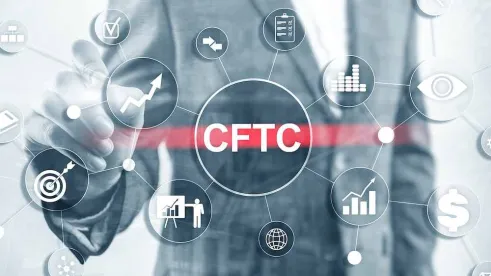On February 20, 2024, the U.S. Commodity Futures Trading Commission (the “CFTC”) proposed regulations under the Commodity Exchange Act (the “CEA”) that will be of particular interest to futures commission merchants (“FCMs”) and their customers, including institutional investors and their investment managers.
If adopted as proposed, these regulations will:
- require every FCM to ensure that a customer does not withdraw funds from its account with the FCM if the post-withdrawal balance of that account would be insufficient to meet the initial margin requirements applicable to that customer (the “Margin Adequacy Requirement”); and
- permit an FCM to treat the separate accounts of a single customer as accounts of separate entities, subject to the satisfaction of risk-mitigation conditions.
To implement the Margin Adequacy Requirement in the separate account context, the CFTC has proposed the promulgation of new CFTC Regulation §1.44 (the “Proposed Rule”) and related amendments to various other existing CFTC regulations.
As succinctly explained in a Statement of CFTC Commissioner Johnson,
The Proposed Rule permits separate account treatment subject to risk-management standards. The customer protections built into this Proposed Rule help to mitigate the risk that it creates, particularly by requiring customers receiving separate account treatment to meet margin calls the same day they are made (referred to as the one-day margin requirement), and requiring separate account treatment to cease when the customer or the FCM is no longer operating in the ordinary course of business.
This post is the first in a multi-part series that will provide an overview of the proposal, which effectively replaces an April 2023 proposed rule (the “First Proposed Rule”) that was intended to codify administrative relief originally provided by two divisions of the CFTC in CFTC Letter No. 19-17.
In the next post, we will explore key background concepts related to the Margin Adequacy Requirement and separate accounts. And, in subsequent posts, we will explore the Proposed Rule in greater detail with attention given to differences between the Proposed Rule, on the one hand, and the First Proposed Rule and CFTC Letter No. 19-17, on the other hand.



 />i
/>i
